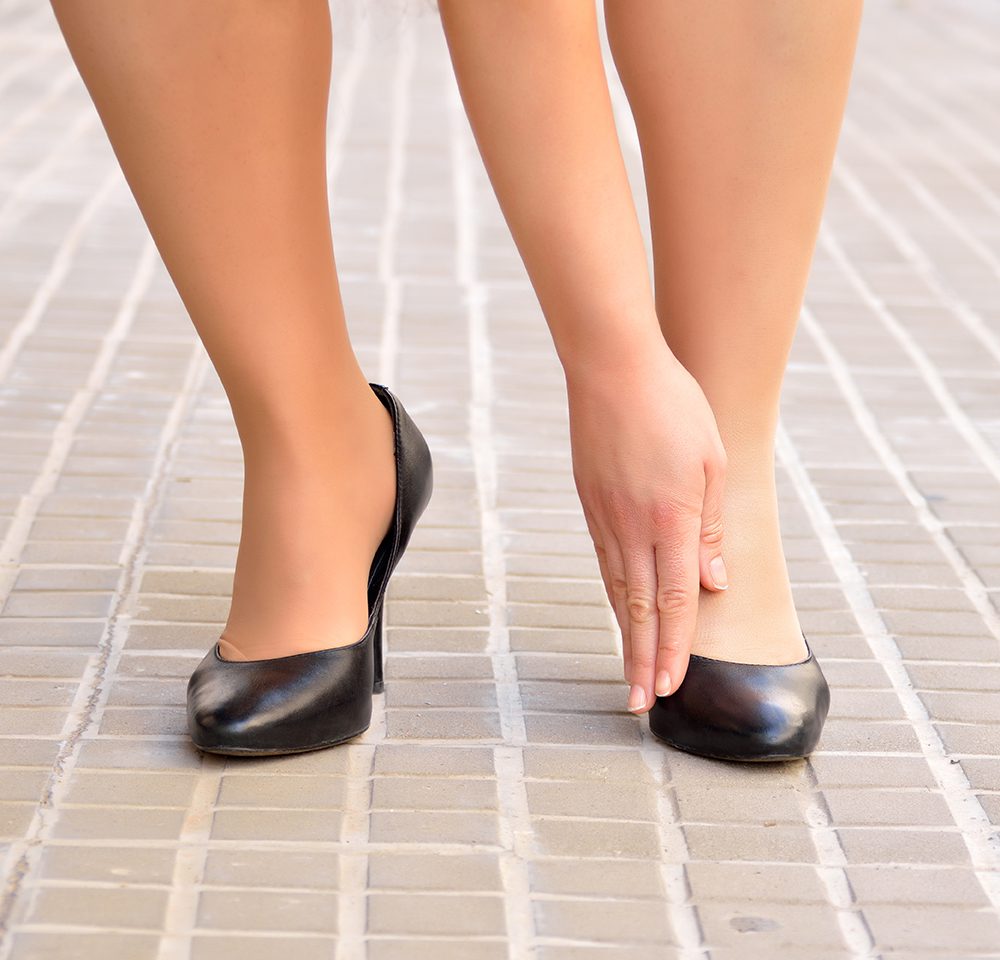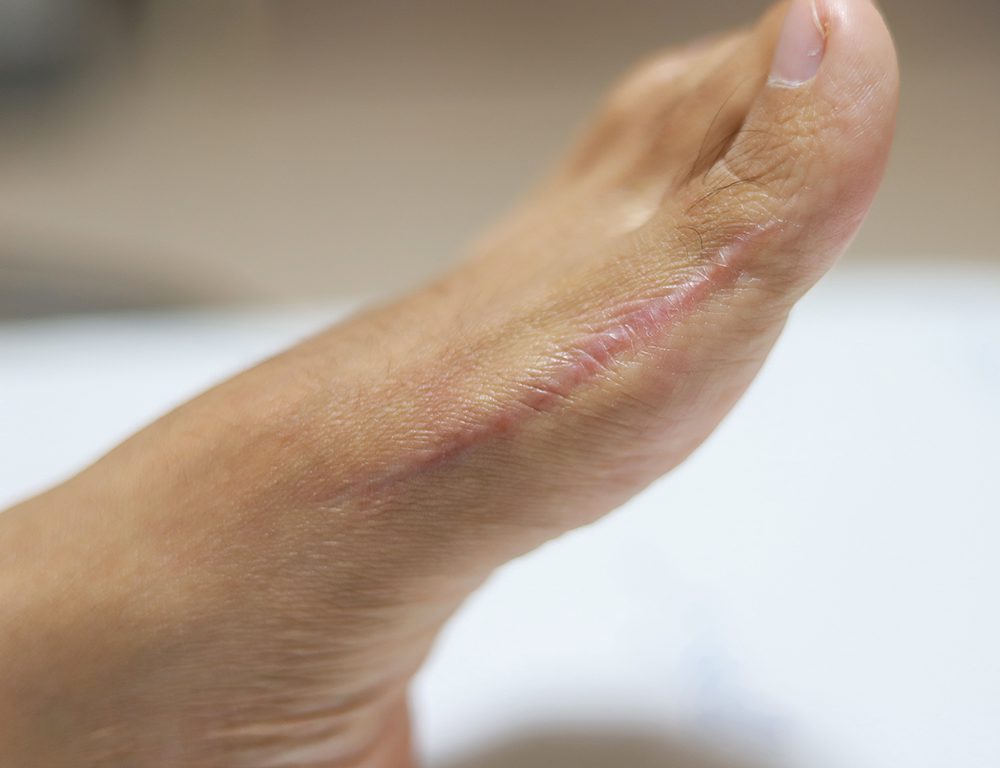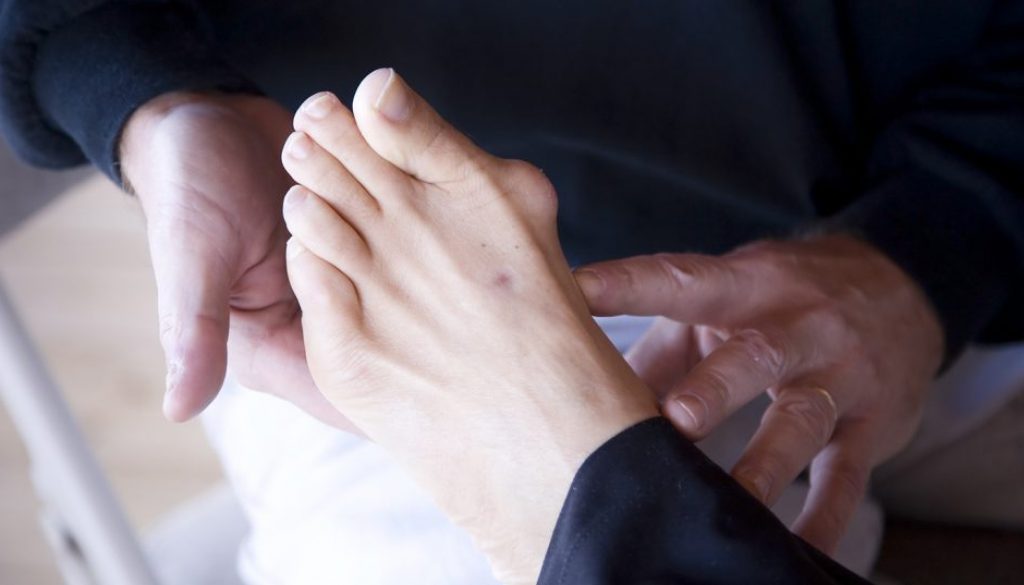What Are Bunions? More Than Just a Bump
Whether walking, running, standing, or jumping your feet are taking a beating. The inflammation and stiffness caused by bunions can add insult to injury of your already stressed feet. Not to mention the visible deformity caused by bunions that can make you self-conscious about wearing your favorite sandals. Dr. David Beck at CMC Orthopaedics is sharing some incite on bunions, why they hurt, and how they can be corrected.
What are bunions?
Bunions are formed when the big toe is forced to bend toward the other toes. “It’s an angular deformity of the first ray of the foot,” explained Dr. David Beck, fellowship-trained foot and ankle surgeon. “A lot of people think it’s a growth but it’s not. When the ray of the big toe swings over, the bone and tissues at the joint move out of place making it more prominent.”
Over time, the abnormal alignment of the bone can cause pressure on the joint and a lump called a bunion forms. “It can become very painful,” says Dr. Beck. “especially in shoewear. Without correction, the bunion can cause red skin irritations, calluses, burning sensations, become swollen and sore, and can even cause the skin to breakdown. It can lead to arthritis. In some extreme cases, the first few toes of the foot will be forced to overlap.”
When bunions hurt they can make walking painful. Not only that, bunions can cause stiffness and difficulty bending the big toe. The hindrances these create may affect how you walk as you attempt to accommodate the pain and stiffness. This compensation for the bunion can cause knee pain because of the altered movements you are making.
What causes bunions?
If you have one, you’ve probably wondered how a bunion happens. Dr. Beck cites a few common causes for this condition:
Heredity Bunions can often run in families. “With conditions like bunions, claw toes, and hammertoes, a lot of it is genetic,” says Dr. Beck. “If you see one of your grandmothers with bunions, there’s a good chance you could develop them too.”
Flat feet Bunions can develop as a result of the shape of your foot. People who have low arches and flat feet are more susceptible.
Shoewear Wearing shoes that are too small, narrow, or have a high heel can cause bunions.

Other conditions “You’ll sometimes find bunions in people with other foot deformities and bone conditions,” explained Dr. Beck. Rheumatoid arthritis, gout, genetic disorders, neuromuscular conditions, and injuries can lead to the development of a bunion.
We’re Here for You!
A Better Life is a Click Away.
Can bunions be corrected?
“Bunions are progressive meaning they do tend to get worse over time,” says Dr. Beck, ‘but a lot of people make it through life without ever needing surgery. There are things we can do to alleviate the pain.”
Dr. Beck suggests trying a variety of shoes mainly with a wider toe box, good arch support, and room for your foot to fit comfortably. He also says that he can treat patients with a variety of pads and toe spacers that can help protect the food and prevent further discomfort. Custom- made foot inserts can help position the toe and relieve pain.
“There are many things sold online that say they can correct a bunion but nothing can correct a bunion except for surgery,” warns Dr. Beck. “I help walk my patients through the process of finding the right treatments for their bunions and the pain and mobility issues they are experiencing. If those don’t work and it’s limiting their lifestyle, then that’s the time for them to consider surgery.”
The goal of bunion surgery is to return the big toe to the correct position. The surgery can vary from patient to patient based on the alignment of the bone, ligaments, tendons, and nerves. “The ultimate goal is to have the best outcome for each of my patients. The surgery will involve realigning the joint and toe and possibly removing the bony bump. Once all is in place I can use wires, screws, and plates to hold the joint together so that all heals properly.”

Who should I see for bunion surgery?
Patients who have bunion surgery with Dr. David Beck at CMC Orthopaedics report a dramatic decrease in pain and the severity of their toe deformity. His fellowship training in Foot and Ankle Surgery at the Institute for Foot and Ankle Reconstruction at Mercy Medical Center has equipped him with contemporary approaches to bunion surgery that are incredibly effective. “It’s so rewarding for me to see my patients walking and moving and doing the activities they love with very little to no pain,” says Dr. Beck. “This can be such a successful surgery and I’m there with you every step of the way.”
To set an appointment with Dr. David Beck, call 843-347-8041 or request an appointment today!




